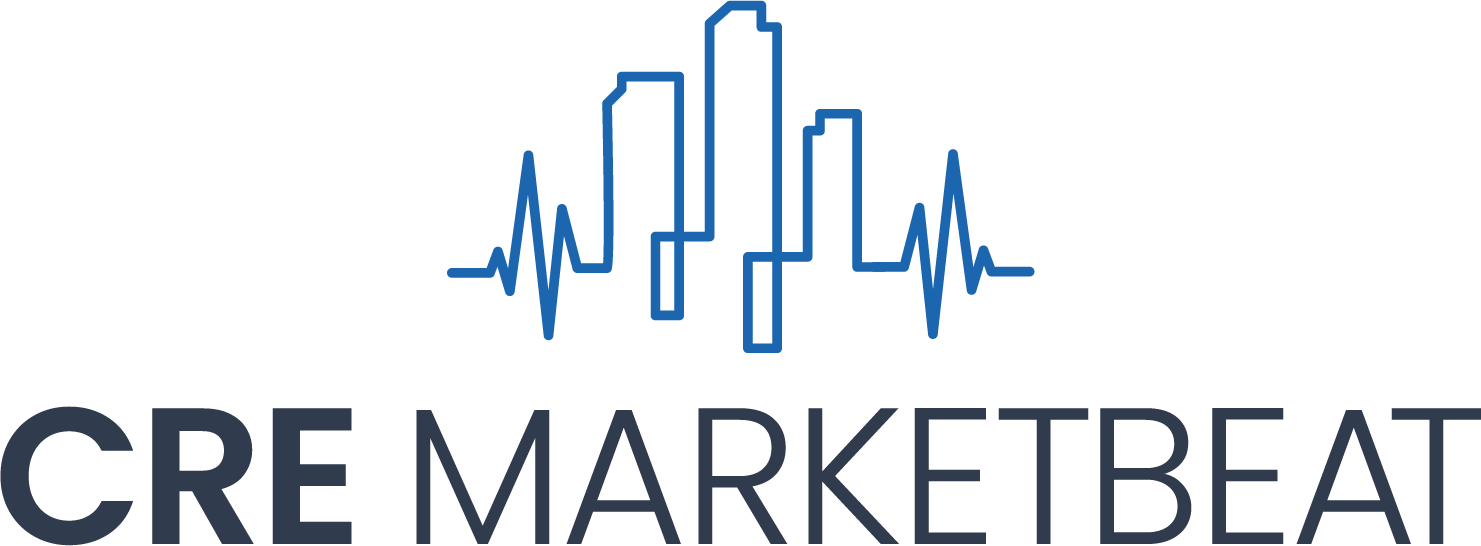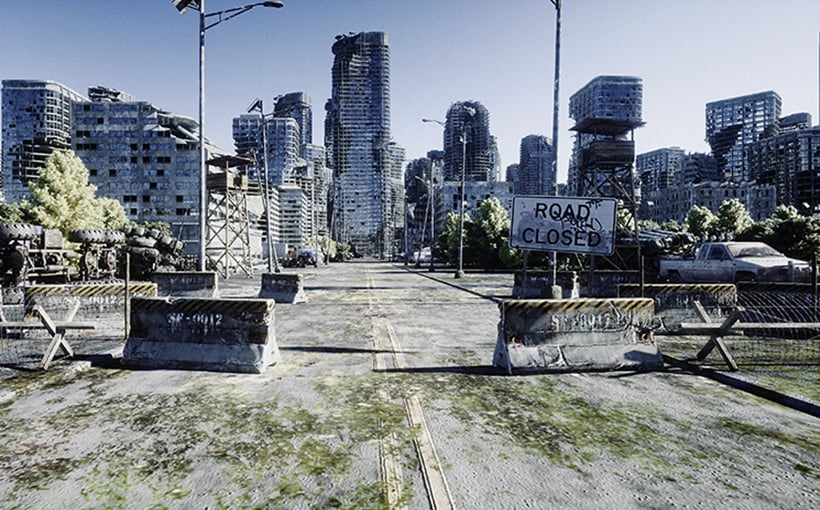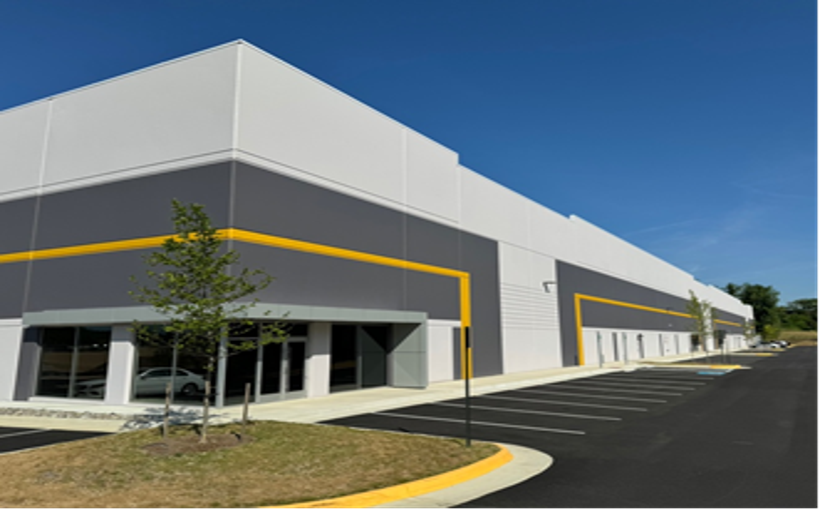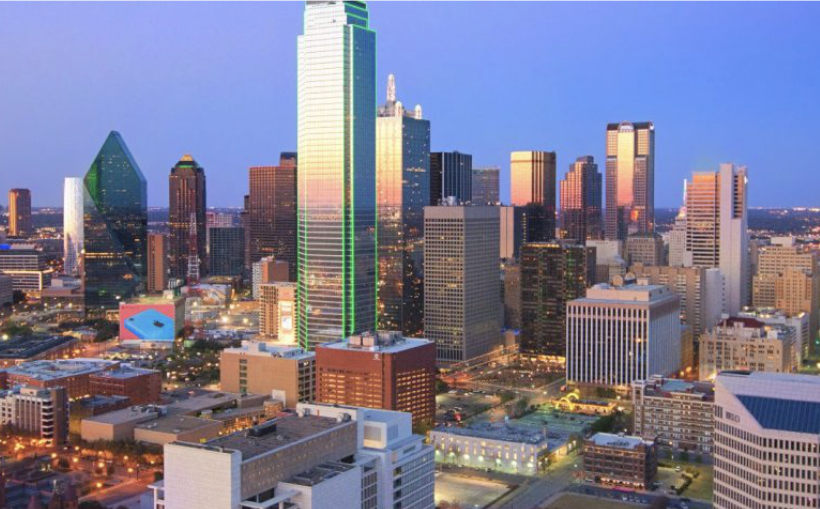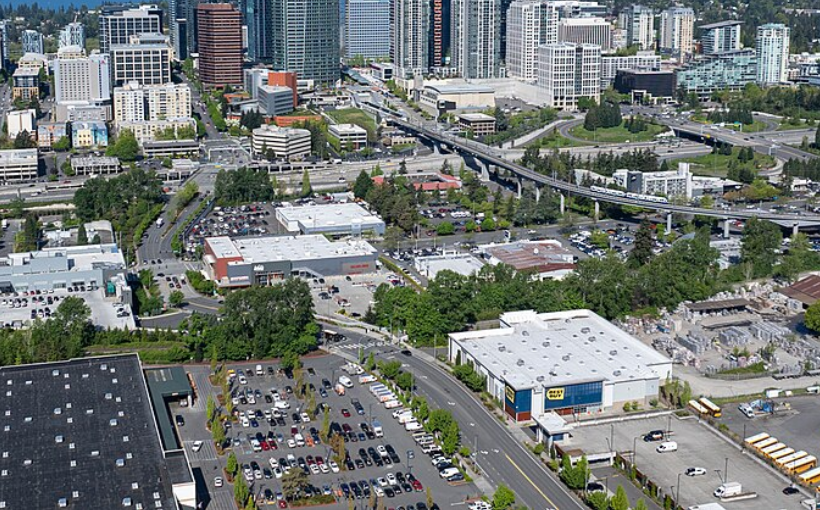The United States continues to face the effects of natural disasters and weather hazards. These include destructive tornadoes, hurricanes, ice storms, heavy snowfall, and wildfires that cause damage to both people and their properties.
For those involved in 1031 exchanges seeking to defer capital gains taxes on the sale of investment or business real estate, it is important to pay attention to these natural disasters. They can potentially impact both relinquished and replacement properties while also hindering the ability to meet strict IRS deadlines for a successful exchange.
Accordingly, Julie Baird – President of First American Exchange Company – advises investors in high-volume markets affected by recent natural disasters that there has not yet been a significant impact on exchange volume. However, she cautions that this is still a potential long-term risk that investors should consider.
The number of weather-related disasters is increasing each year according NOAA’s National Centers for Environmental Information . In 2020 alone there were 27 confirmed events with losses exceeding $1 billion each – totaling over $182 billion collectively.
Baird explains how real estate investors may face various challenges following a disaster such as increased property insurance costs and changes in strategy when considering like-kind exchanges. She emphasizes the importance for investors continue evaluating their risk management strategies especially when it comes specifically like-kind exchanges within this context.
Fortunately,the IRS offers some relief measures during times like these:
– Revenue Procedure 2018-58 allows extensions for certain deadlines related federal declared disaster areas including an additional 45 days beyond usual timelines.
– Depending on circumstances an additional extension up-to another120 days could be granted.
– Taxpayers who live or conduct business within federally declared disaster zones are often eligible automatically; even those indirectly affected (e.g., whose identified replacement properties were destroyed) may qualify too..
In addition Section1033 provides tax benefits if insurance proceeds are received due destructions caused by fire etc.. This allows owners who receive payouts from insurance to defer capital gains if they reinvest in a like-kind replacement property. Baird notes that the 1033 exchange offers more time than the usual 180 days of a typical 1031 exchange, with specific timelines varying based on type of property.
However, it is important for investors to note that with a Section1033 exchange, the replacement property must match what was destroyed. For example: an investor who owned duplexes can only replace them with other residential properties; similarly storefront shops can only be exchanged for similar retail real estate.
Baird advises investors dealing with natural hazards and destructions to consider identifying multiple potential replacement properties in different geographic locations during their identification period. This helps reduce risk by diversifying choices and minimizing chances of failure due unforeseen disasters.
Lastly,Baird recommends collaborating early and oftenwith Qualified Intermediaries (QIs), tax professionals, legal experts,and insurance specialists when considering these complex exchanges.This will help create an investment strategy better suitedto mitigate disaster risks.
